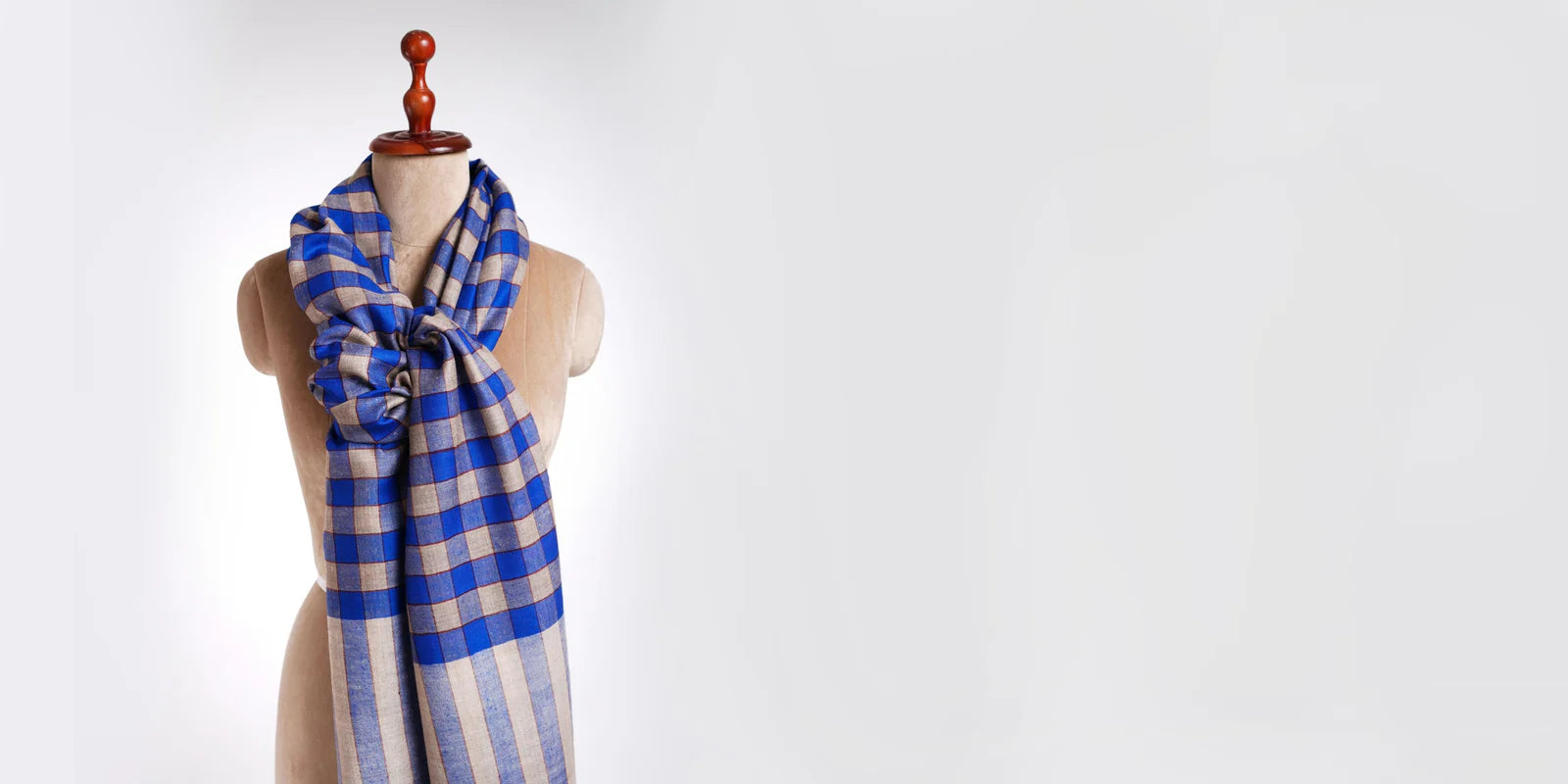
Exploration de la beauté et de l'artisanat des châles de pashmina et de l'enveloppe
Le savoir-faire artisanal du Pashmina
Le voyage complexe des châles en pashminaLe processus de transformation de la laine Pashmina brute en un châle fini est à la fois complexe et demande beaucoup de travail, impliquant plusieurs étapes détaillées pour obtenir la plus haute qualité.
Collection de laine Pashmina
Le voyage commence par la collecte de laine auprès des chèvres Changthangi, originaires des hautes altitudes du plateau tibétain. Ces chèvres produisent un sous-poil fin recueilli au printemps grâce à un peignage minutieux. Ce sous-poil est apprécié pour sa texture soyeuse et sa chaleur, constituant la base des châles et étoles Pashmina.
Traitement manuel de la laine
Une fois récoltées, les fibres délicates de laine sont traitées à la main pour séparer la fine couche intérieure de la couche extérieure plus rugueuse. Cette tâche précise et patiente est essentielle pour maintenir la qualité de la laine Pashmina.
Filage à la main
L'étape suivante consiste à filer la laine en fil à l'aide d'un rouet en bois traditionnel appelé « yinder ». Afin de conserver les caractéristiques originales des fibres, ce processus doit être réalisé à la main pour éviter tout dommage, garantissant ainsi que le fil reste solide et doux.
De nos jours, la plupart des fils de pashmina sont fabriqués à l'aide d'un filage mécanique. Le pashmina fabriqué à la machine améliore l'efficacité et la cohérence, permettant une production de masse plus rapide. Cette méthode moderne réduit considérablement le temps de production tout en maintenant l'uniformité du design et de la qualité.
Préserver la tradition
Nous respectons les anciennes traditions de filage et de tissage à la main, garantissant que chaque châle et écharpe Pashmina répond aux normes les plus élevées. Cet engagement envers la tradition garantit la sensation authentique et la qualité de chaque pièce.
Tissage à la main par des maîtres artisans
Le fil filé est ensuite tissé sur des métiers à tisser manuels traditionnels par des artisans hautement qualifiés, dont beaucoup ont hérité de leur savoir-faire au fil des générations. Le processus de tissage peut prendre des semaines, voire des mois, car chaque fil est méticuleusement tissé à la perfection.
Un reflet du patrimoine artisanal du Cachemire
Ce processus long et minutieux garantit que le châle Pashmina final est une œuvre d'art qui reflète le riche héritage culturel du Cachemire. Shahkaar propose fièrement ces chefs-d'œuvre, incarnant le dévouement, le savoir-faire et le talent artistique des artisans du Cachemire.
La beauté intemporelle du Pashmina
Un travail d'amourDu début à la fin, la création d'un châle ou d'une écharpe Pashmina est un processus rempli de dévouement, imprégné de tradition et de savoir-faire.
Des pièces d'art uniques
Chaque châle Pashmina est unique, car le processus de teinture à la main confère à chacun son aspect et son charme distincts. Cette singularité fait de chaque châle une œuvre d'art unique en son genre.
Après avoir sélectionné la couleur de base du châle Pashmina, les motifs sont choisis et sculptés dans des blocs de bois faits à la main. Le dessin est ensuite imprimé sur le châle, créant de magnifiques motifs.
Broderie complexe
Après avoir imprimé le motif, les châles sont transmis à des artisans qualifiés pour la broderie.Qu'il s'agisse d'un motif floral ou d'un motif géométrique, ces châles se transforment en de superbes chefs-d'œuvre.
Célébration des méthodes traditionnelles
Nous préservons les méthodes traditionnelles de filage à la main, de teinture à la main, d'impression en bloc et de broderie pour garantir que chaque châle représente le riche héritage du Cachemire.
Plus que de la mode
Nos châles et écharpes Pashmina sont bien plus qu'un simple accessoire de mode. C'est une œuvre d'art qui raconte l'histoire des traditions séculaires du Cachemire et le savoir-faire inégalé de ses artisans.
L'importance culturelle du Pashmina
Mode de vieAu Cachemire, le pashmina est bien plus qu'un tissu : il représente un style de vie profondément ancré dans la culture et la tradition locales. Il reflète les valeurs d'artisanat, de communauté et de durabilité qui ont façonné la région pendant des siècles.
L'art générationnel
L'art du tissage du Pashmina se transmet de génération en génération, préservant ainsi un riche héritage. Chaque artisan porte le savoir et les techniques de ses ancêtres, garantissant ainsi que l'art reste vivant et pertinent.
Des familles entières contribuent au processus de production du Pashmina. Les femmes sont généralement chargées de filer la laine et d'ajouter des broderies complexes aux châles. Les hommes utilisent souvent des métiers à tisser traditionnels, perpétuant ainsi le savoir-faire artisanal.
Préservation des compétences
Cette division du travail a permis de préserver les savoir-faire traditionnels, favorisant un sentiment de communauté et de collaboration. Elle garantit que l'art du tissage du Pashmina continue de prospérer au fil des générations.
Moyens de subsistance
L'industrie du Pashmina fournit des moyens de subsistance essentiels à de nombreux artisans de la région, soutenant les familles et les économies locales. Ce soutien économique joue un rôle crucial dans la préservation de l'identité culturelle et du patrimoine du Cachemire.
Conclusion
Châles et étoles en pashmina sont plus que de simples accessoires ; ils incarnent des siècles de savoir-faire, de tradition et d'art. Shahkaar, nous nous engageons à préserver ce riche héritage en proposant des produits Pashmina authentiques qui mettent en valeur la beauté et le savoir-faire des artisans cachemiris. Chaque châle est un travail d'amour, méticuleusement confectionné à partir de la collecte minutieuse de laine jusqu'au tissage et à la broderie complexes. En portant un châle ou une écharpe Pashmina, vous faites une déclaration de mode et adoptez une tradition intemporelle qui offre chaleur, élégance et luxe inégalé.



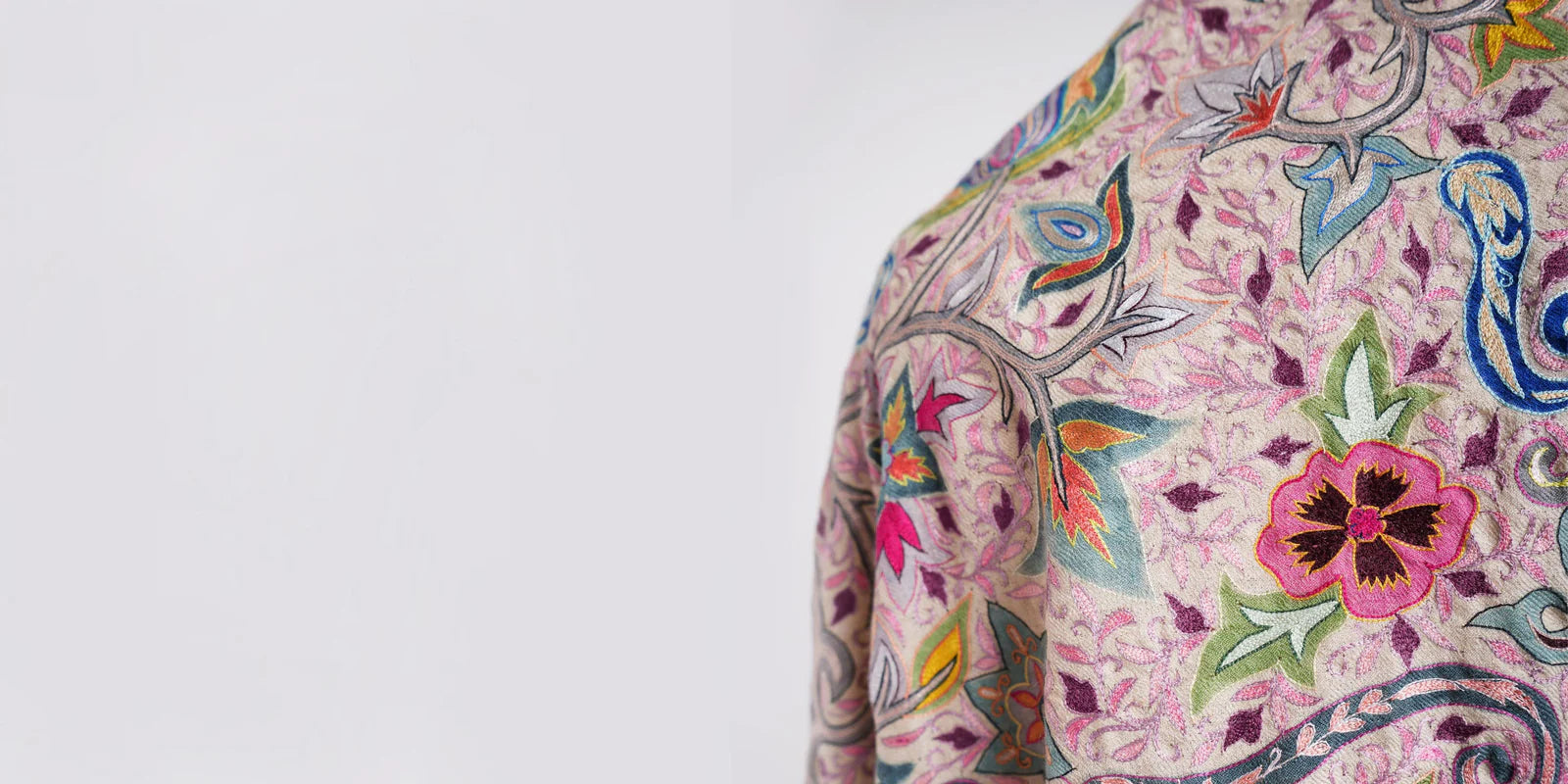
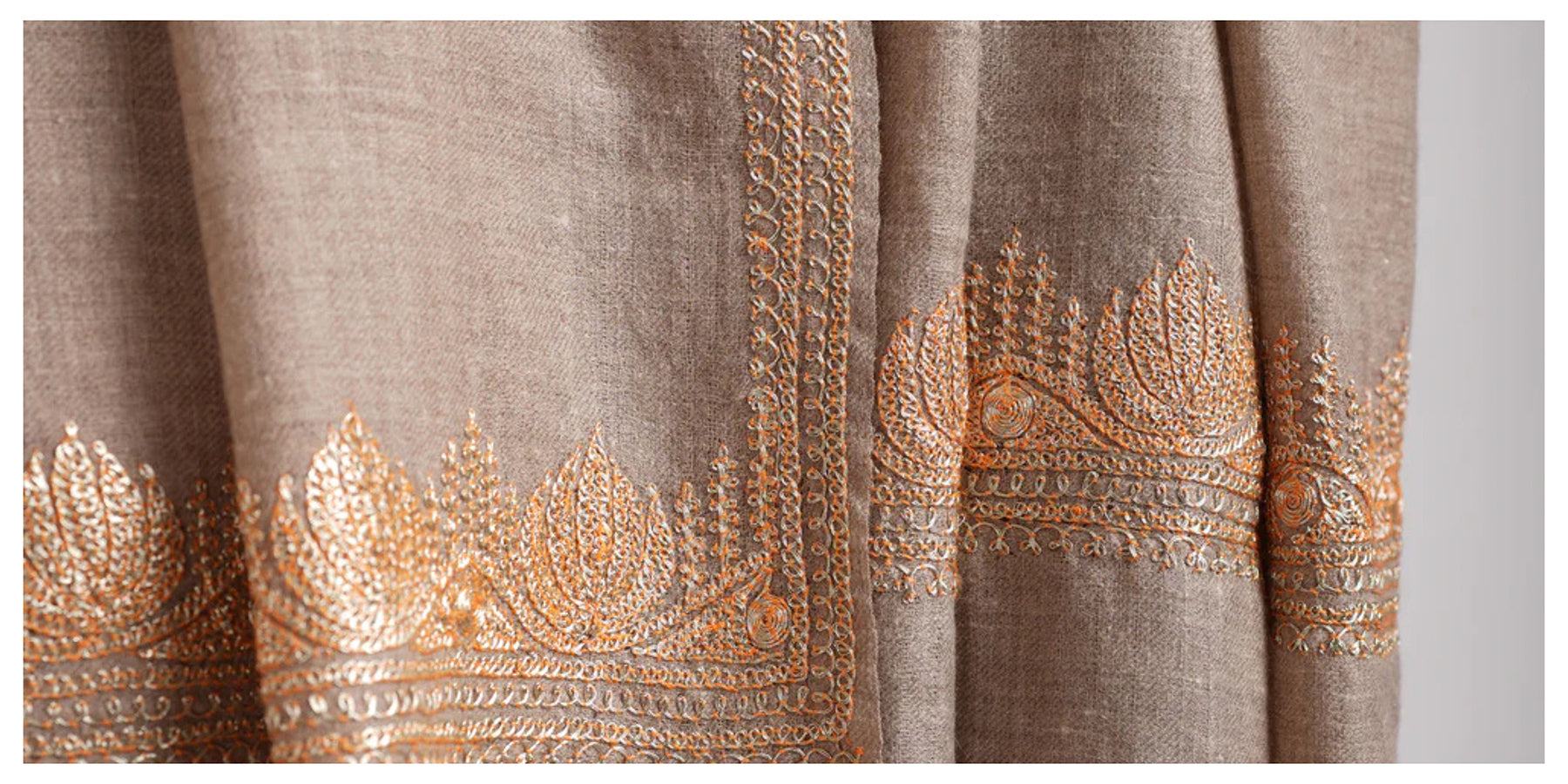
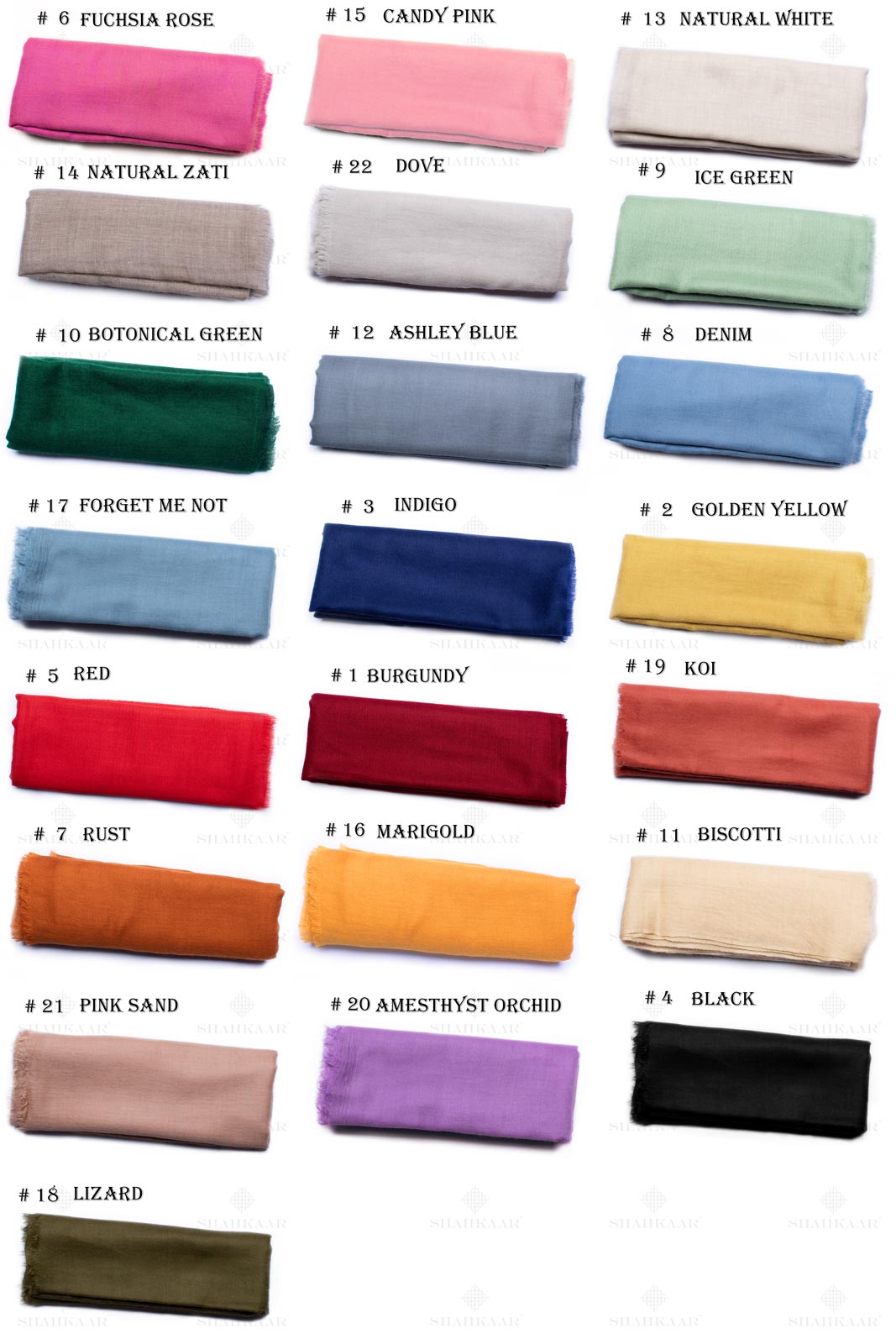

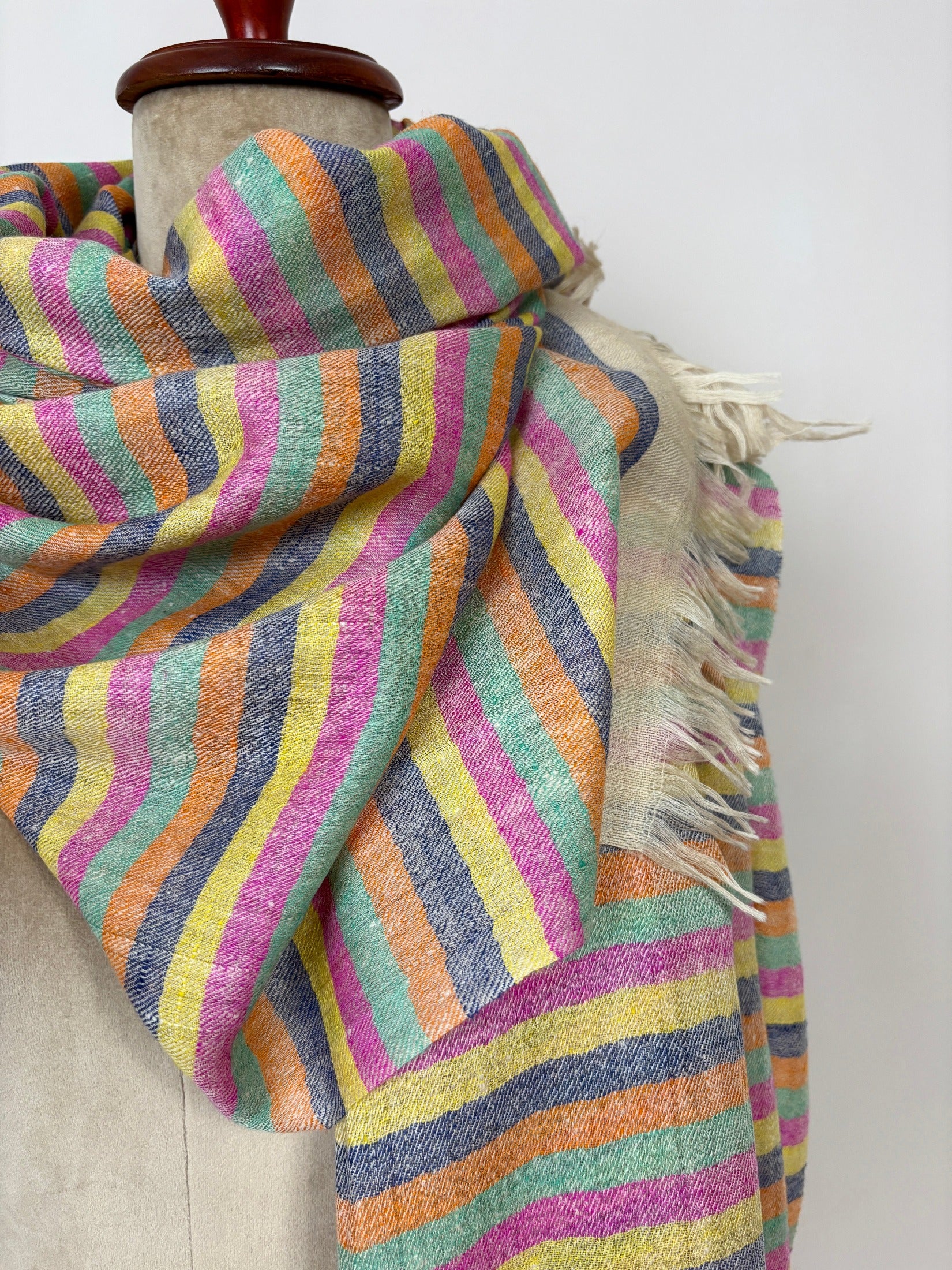



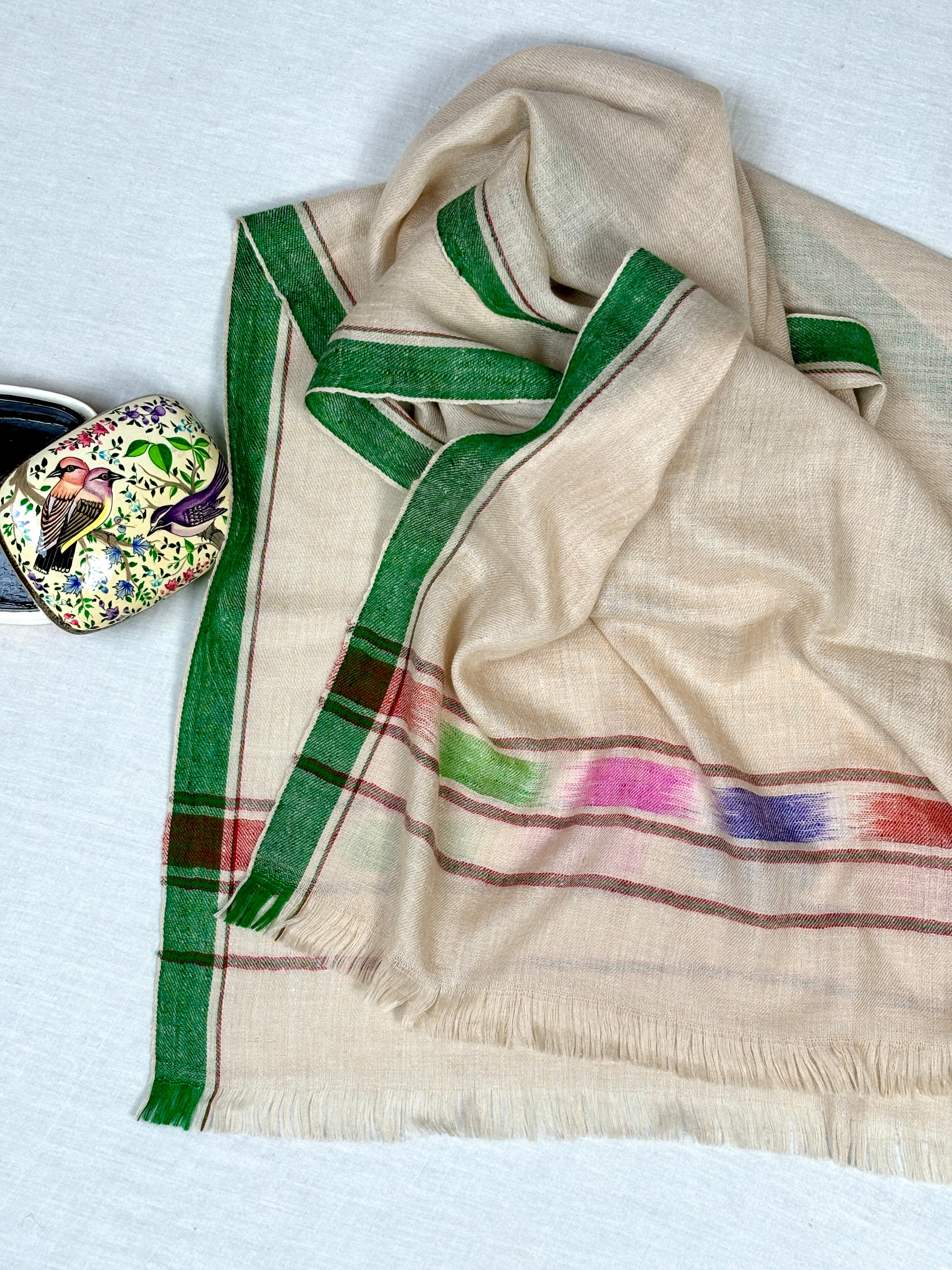
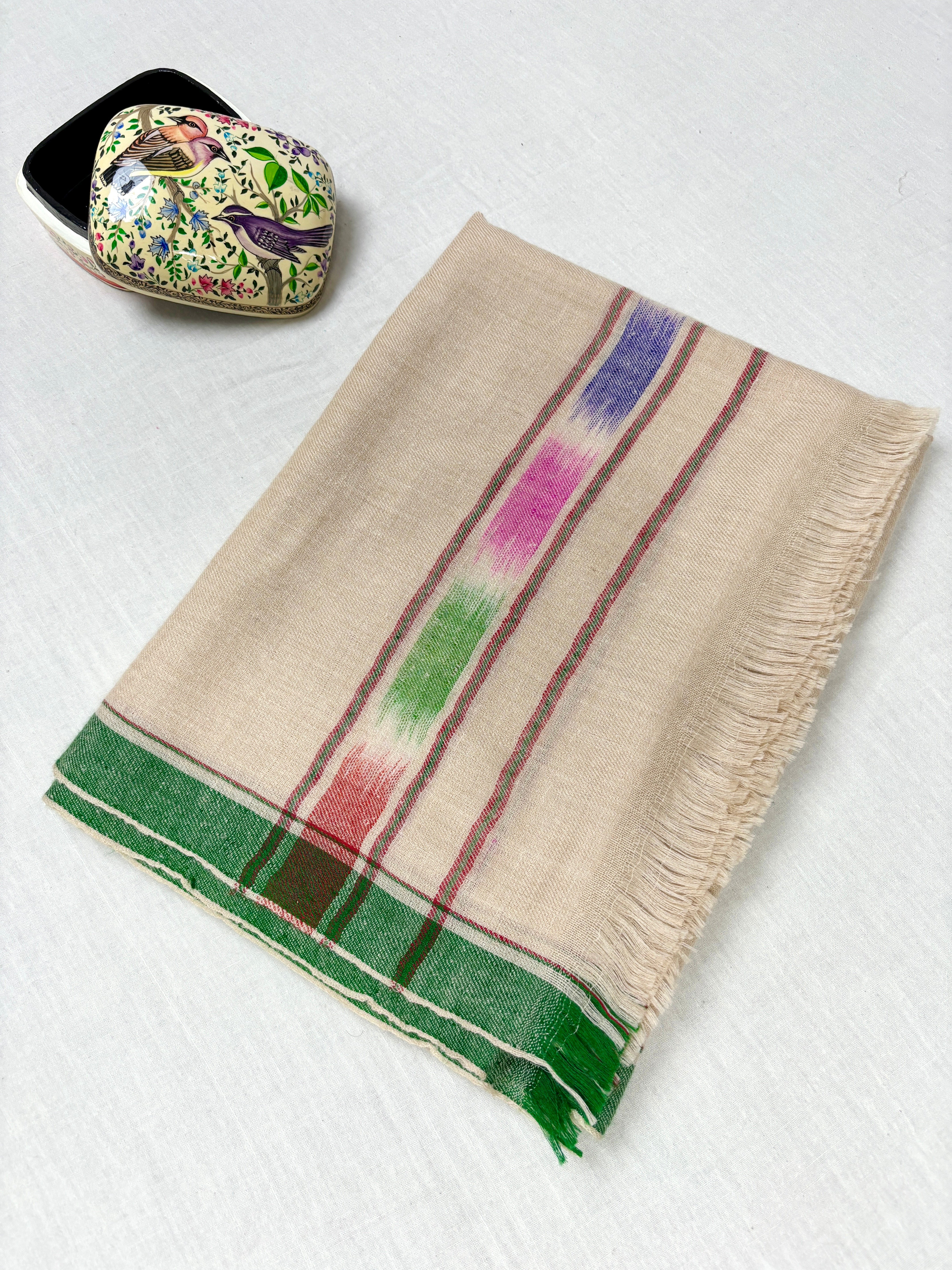
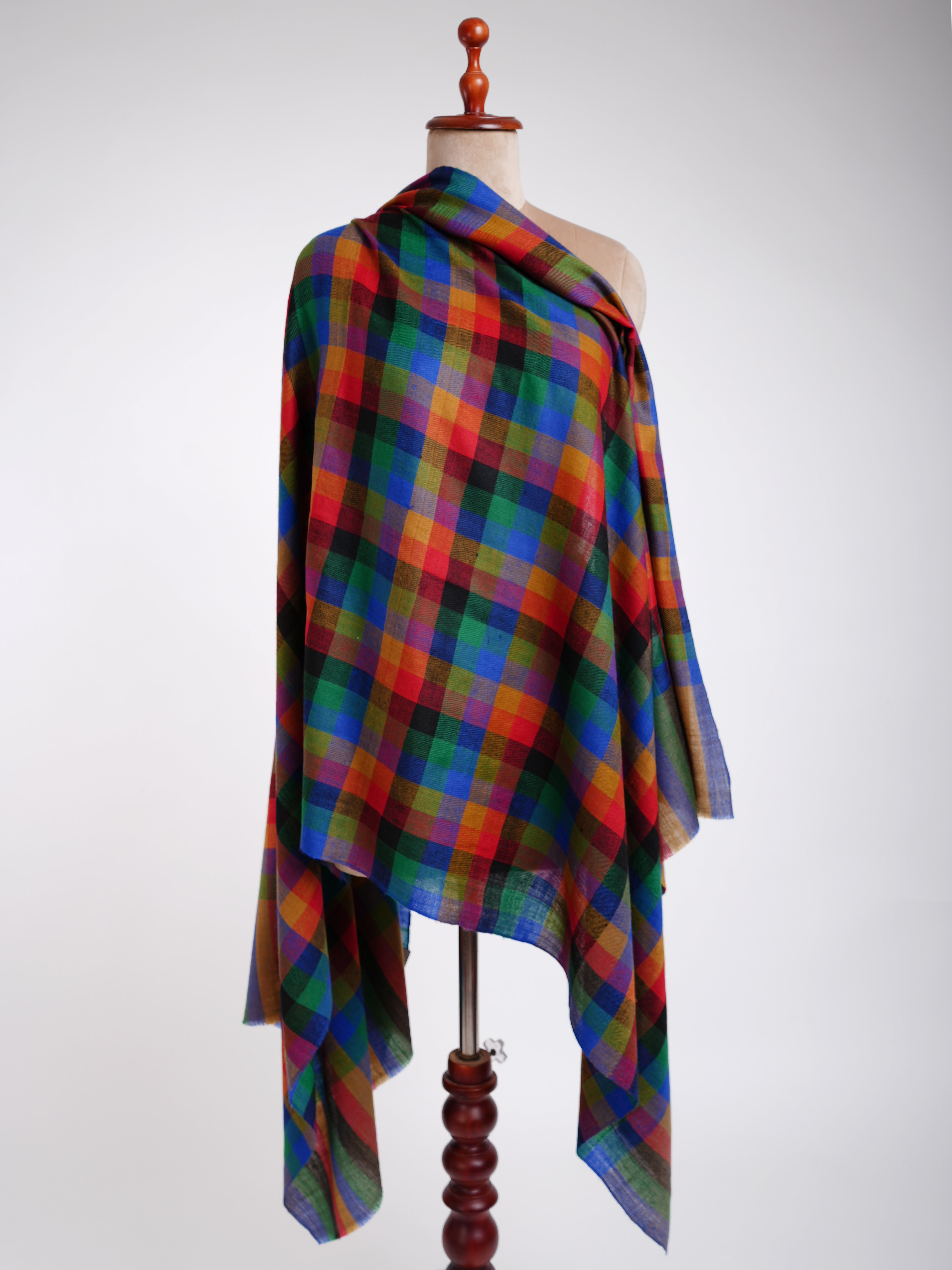
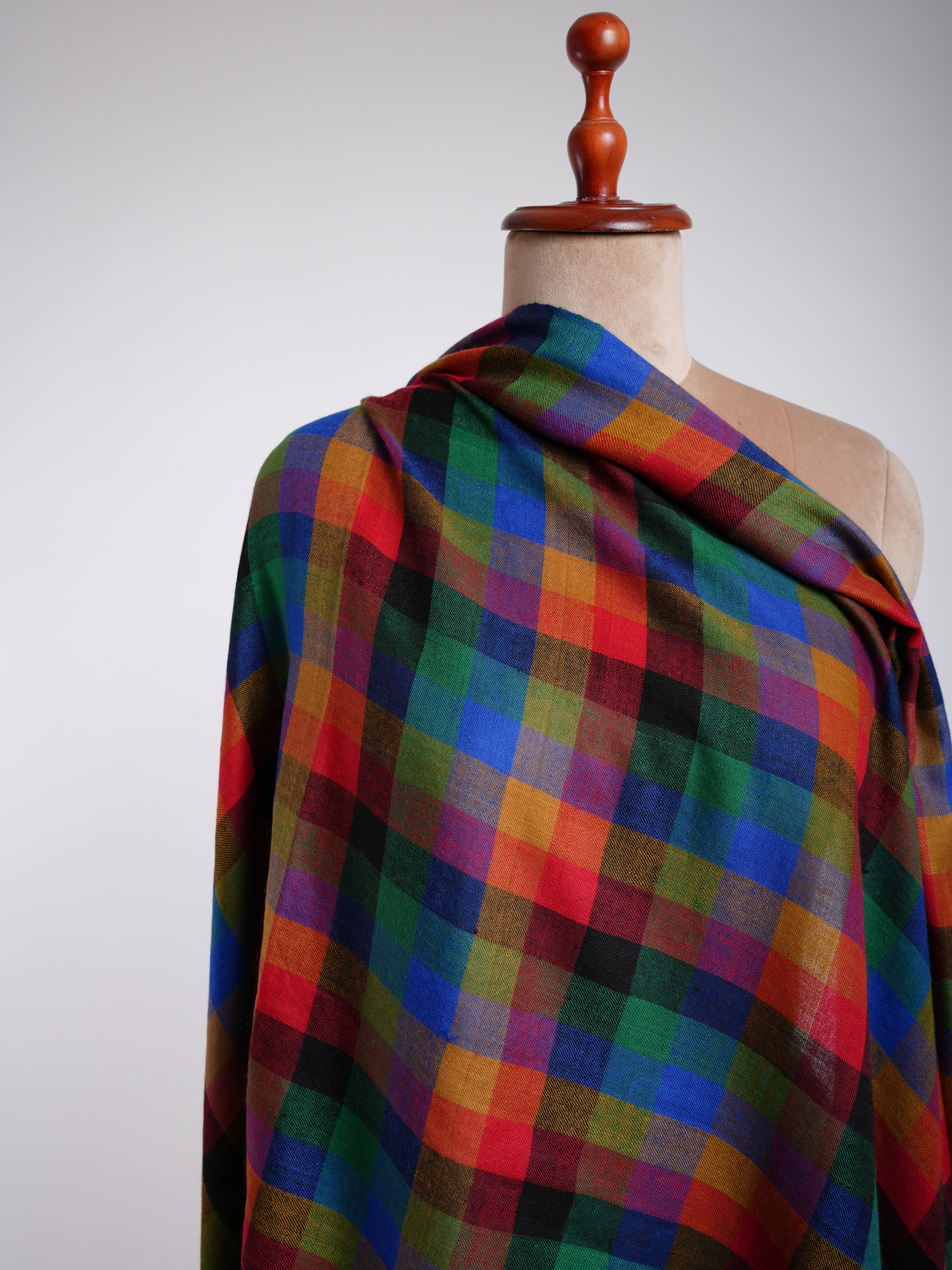
Laisser un commentaire
Ce site est protégé par hCaptcha, et la Politique de confidentialité et les Conditions de service de hCaptcha s’appliquent.